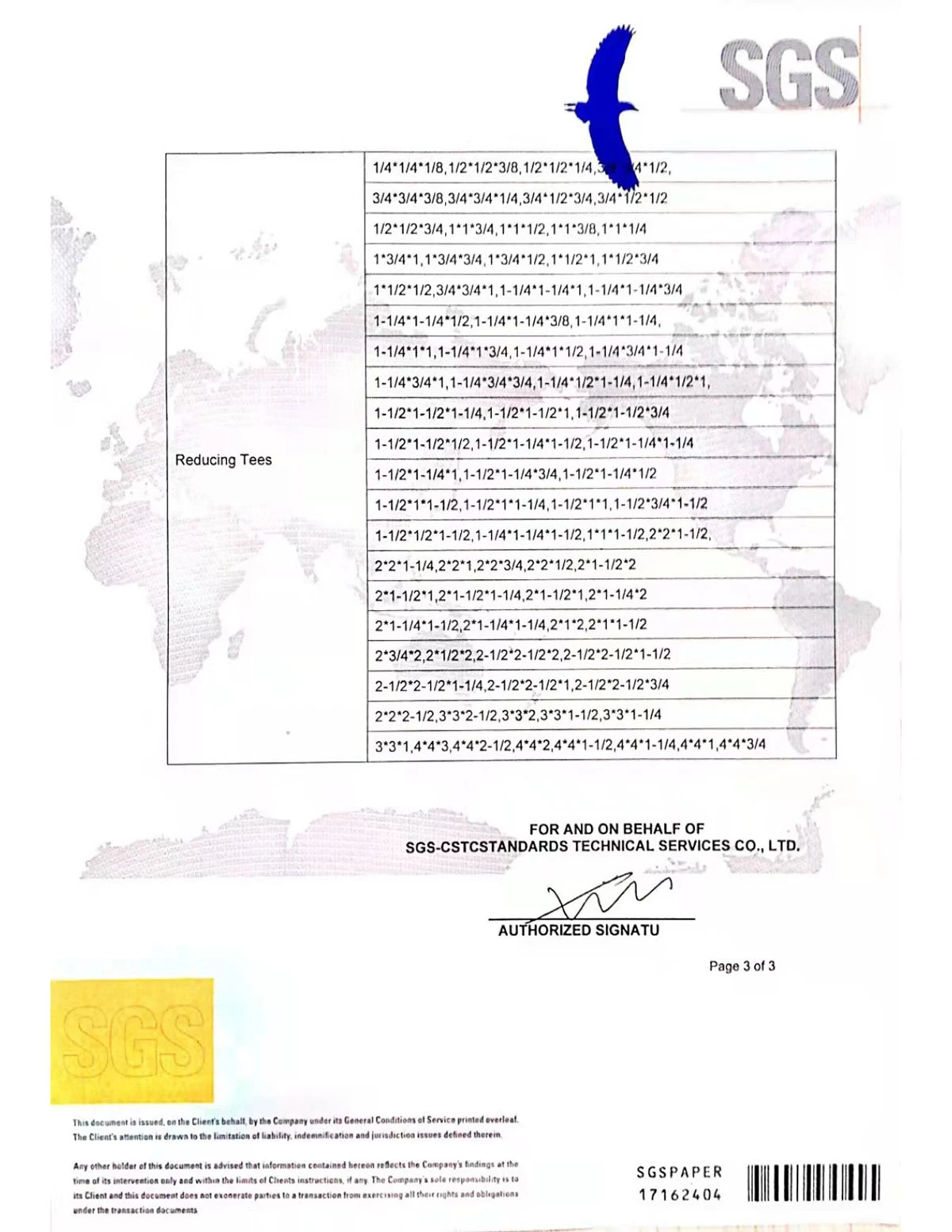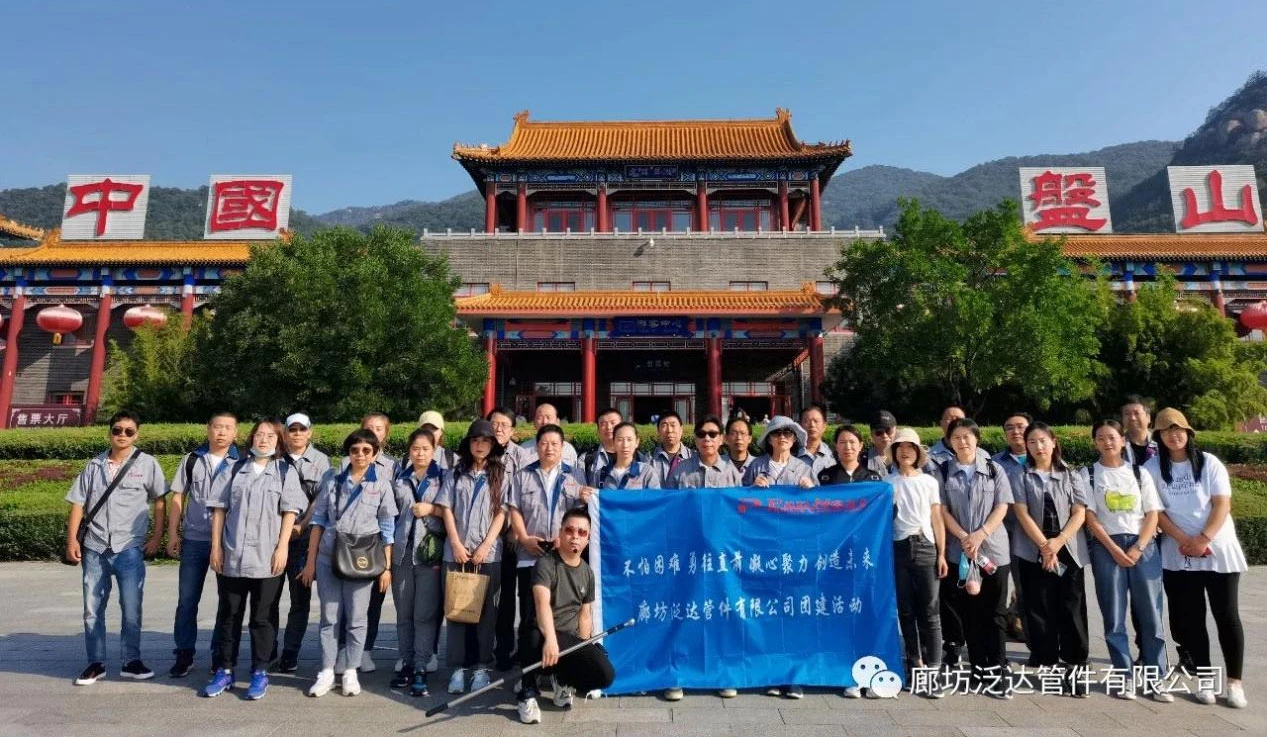Dated on Jan-13-2025


Furthermore, to maintain the integrity and longevity of these essential components, regular maintenance and inspection are critical. Industry experts advise periodic checks for wear and tear, proper alignment, and the presence of any external damage that might compromise the system. By adhering to best practices in maintenance, organizations can ensure their systems run smoothly, mitigating risks of unexpected failures. In terms of sustainability, the coupling fitting sector has also made significant strides. Manufacturers are increasingly focusing on developing environmentally friendly products, incorporating recycled materials into the production process without sacrificing performance. This eco-conscious approach not only supports global sustainability initiatives but also bolsters the reputation and trustworthiness of brands committed to green practices. When sourcing coupling fittings, consumers and businesses alike are reminded of the importance of choosing reputable suppliers. A supplier's credibility often hinges on their adherence to international standards and certifications, attesting to product quality and safety. Thus, developing partnerships with recognized industry leaders not only enhances system performance but also aligns with strategic goals of quality assurance and risk mitigation. In conclusion, coupling fittings are more than just connectors; they represent a crucial intersection of engineering, experience, and sustainable practices. Their evolution continues to shape the infrastructure of modern society, underpinning systems that deliver water, gas, and essential fluids safely and efficiently. As innovations continue to emerge in this domain, maintaining an authoritative and trustful understanding of these components will be essential for those involved in engineering, building, and maintaining complex systems.
Post time: Jan-13-2025
Prev:
Next:
Related PRODUCTS









